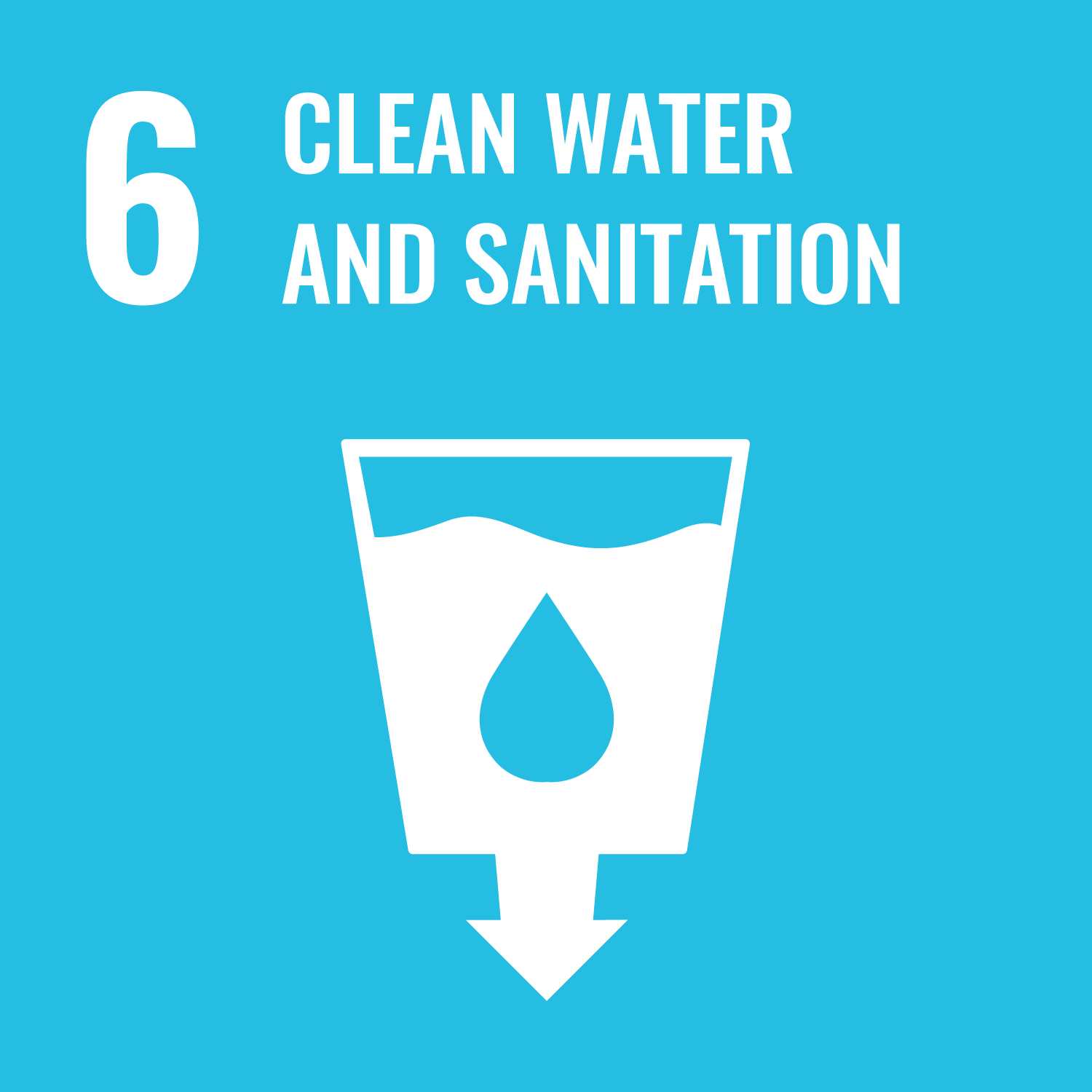Sustainable Development Goal 6 (SDG 6) aims to “ensure availability and sustainable management of water and sanitation for all” by 2030. This encompasses various targets, including universal access to safe drinking water and sanitation, improved water quality, and efficient water use. Analyzing the progress made by different countries is crucial to assess the path forward.
Top 5 Countries Leading in SDG 6:
- Denmark (85.68): Achieves high scores across all SDG 6 targets, with strong emphasis on water resource management and innovative technologies. (Source: Sustainable Development Report 2023)
- Singapore (84.83): Leads the way in water conservation and wastewater treatment, showcasing effective water management strategies. (Source: Sustainable Development Report 2023)
- Finland (84.72): Excels in water quality and sanitation access, providing its citizens with clean and safe water resources. (Source: Sustainable Development Report 2023)
- Sweden (83.97): Invests heavily in water infrastructure and research, leading to efficient water use and improved sanitation facilities. (Source: Sustainable Development Report 2023)
- Norway (83.89): Prioritizes water resource protection and promotes sustainable water use practices across various sectors. (Source: Sustainable Development Report 2023)
India’s Progress:
India’s SDG 6 score stands at 62.03, ranking it 120th globally. While significant progress has been made in increasing access to improved sanitation facilities, challenges remain in providing safe drinking water for all and managing water resources sustainably.
Key Achievements:
- Increased access to improved sanitation facilities from 46% in 2011 to 73% in 2022. (Source: Joint Monitoring Programme for Water Supply and Sanitation)
- Launched the Swachh Bharat Mission, significantly improving rural sanitation coverage. (Source: Ministry of Jal Shakti)
- Constructed over 100 million individual household toilets under the Swachh Bharat Mission. (Source: Ministry of Jal Shakti)
Areas for Improvement:
- Approximately 17% of the population still lacks access to safe drinking water. (Source: Joint Monitoring Programme for Water Supply and Sanitation)
- Water quality remains a major concern, with high levels of contamination in many water bodies. (Source: Central Pollution Control Board)
- Overexploitation of groundwater resources leads to depletion and sustainability concerns. (Source: NITI Aayog)
What India Can Do:
- Increase investment in water infrastructure: Allocate sufficient resources for building new water treatment plants, pipelines, and rural water supply schemes.
- Promote water conservation: Implement public awareness campaigns and incentivize water-saving technologies to reduce water consumption across sectors.
- Manage water resources sustainably: Invest in rainwater harvesting, water reuse, and groundwater recharge initiatives to ensure long-term water security.
- Strengthen water quality monitoring and regulation: Implement stringent regulations and improve monitoring systems to ensure safe drinking water for all.
- Promote community participation: Encourage community engagement in water management initiatives and empower them to become stewards of water resources.
Sources:
- Sustainable Development Report 2023: https://dashboards.sdgindex.org/: https://dashboards.sdgindex.org/
- Joint Monitoring Programme for Water Supply and Sanitation: https://washdata.org/: https://washdata.org/
- Ministry of Jal Shakti: https://jal Shakti.gov.in/: https://jal Shakti.gov.in/
- Central Pollution Control Board: https://cpcb.nic.in/: https://cpcb.nic.in/
- NITI Aayog: https://niti.gov.in/: https://niti.gov.in/
By addressing these challenges and prioritizing sustainable and equitable water management, India can strive towards achieving SDG 6 and ensuring access to clean water and sanitation for all its citizens.

